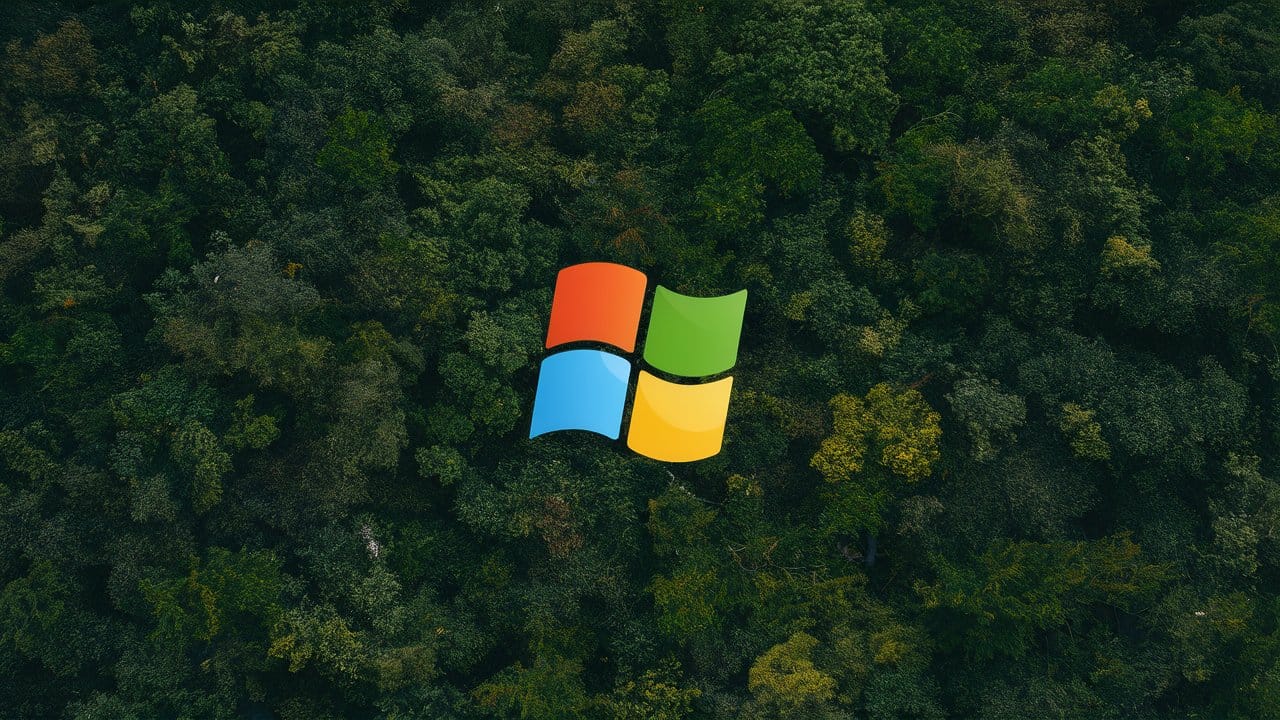When working with local development environments, the IP address 127.0.0.1:62893 is often encountered, especially by developers and network administrators. This address is a combination of the loopback IP 127.0.0.1, which directs traffic back to your own machine and port 62893 a dynamically allocated port often used for custom or temporary services. While this setup is essential for testing and development, it can present certain challenges. This article will guide you through the most common issues associated with 127.0.0.1:62893 and how to resolve them.
Understanding 127.0.0.1:62893
The IP address 127.0.0.1 is known as the loopback address, commonly referred to as “localhost.” It is used to test network applications locally without sending data through external networks. The port number 62893 falls into the dynamic or private port range (49152–65535), which is typically used for custom applications and development purposes.
When combined, 127.0.0.1:62893 directs a service running on your local machine to communicate through port 62893. This setup is widely used in web development, software testing, and network services for isolated testing environments, ensuring that your experiments do not interfere with live servers or other networked applications.
Common Issues and Their Causes
- Connection Refused Errors
One of the most frequent issues is a “Connection Refused” error. This typically happens when the service or application that is supposed to listen on port 62893 isn’t running. It could also result from the port being blocked by your firewall. To resolve this, you should first check if the service is active and running. If it’s not, start it manually. Also, inspect your firewall settings to ensure that the port is open for local traffic. - Port Conflicts
Another application may already be using port 62893, leading to conflicts. This is particularly common in environments where multiple services are run locally. To diagnose this, use tools likenetstat(Windows) orlsof(Linux/Mac) to identify which process is using the port. If a conflict is detected, you can either stop the conflicting service or reconfigure your application to use a different port. - Firewall Interference
Firewall settings can block the necessary traffic on port 62893, causing connectivity issues. This is often due to security measures that inadvertently restrict local communication. To address this, modify your firewall rules to allow traffic on port 62893. On Windows, this can be done through the Windows Defender Firewall settings, while on Mac and Linux, you may use terminal commands likeiptablesor configure your firewall settings through the system preferences. - Application Misconfiguration
Sometimes the issue lies in the application’s configuration files. If these files incorrectly specify the port or IP address, the application will fail to connect. Ensure that the application’s settings accurately reflect the use of127.0.0.1:62893. Double-checking these configurations can often resolve persistent connectivity problems.
Advanced Use Cases and Security Considerations
Beyond basic troubleshooting, 127.0.0.1:62893 can be used in advanced scenarios such as simulating multiple nodes of a network on a single machine or developing microservices architectures. For instance, you might run several instances of a service on different ports (e.g., 62893, 62894) to test inter-node communication and ensure data consistency across services.
Security, however, is a critical aspect to consider when working with 127.0.0.1:62893. Even though this setup is typically isolated from external networks, there are risks if the configuration is incorrect. For example, if a service on this port is accidentally exposed to the wider network, it could become vulnerable to attacks. To mitigate these risks, make sure to implement strong authentication and authorization practices, restrict access to trusted users, and regularly update security settings.
Performance Optimization Tips
Running multiple services on your local machine can lead to resource contention, affecting performance. To optimize the performance of services using 127.0.0.1:62893, monitor system resources such as CPU and memory usage. Tools like top (Linux) or Task Manager (Windows) can help you identify any bottlenecks. Additionally, configuring services to reduce unnecessary logging, using appropriate cache settings, and isolating services using containers (e.g., Docker) can enhance performance.
Also Read: Cyber Insurance Coverage Boosted by Silverfort’s Security
Conclusion
Managing and troubleshooting 127.0.0.1:62893 is vital for maintaining an efficient development environment. By understanding common issues, such as connection errors and port conflicts, and implementing best practices in configuration and security, you can ensure that your local testing environment runs smoothly. With careful management, 127.0.0.1:62893 can be a powerful tool for developing and testing applications safely and efficiently.
For more detailed guidance on managing 127.0.0.1:62893, including specific command-line tools and firewall configurations refer to technical resources or consult with network administrators familiar with your specific environment.












Leave a Reply